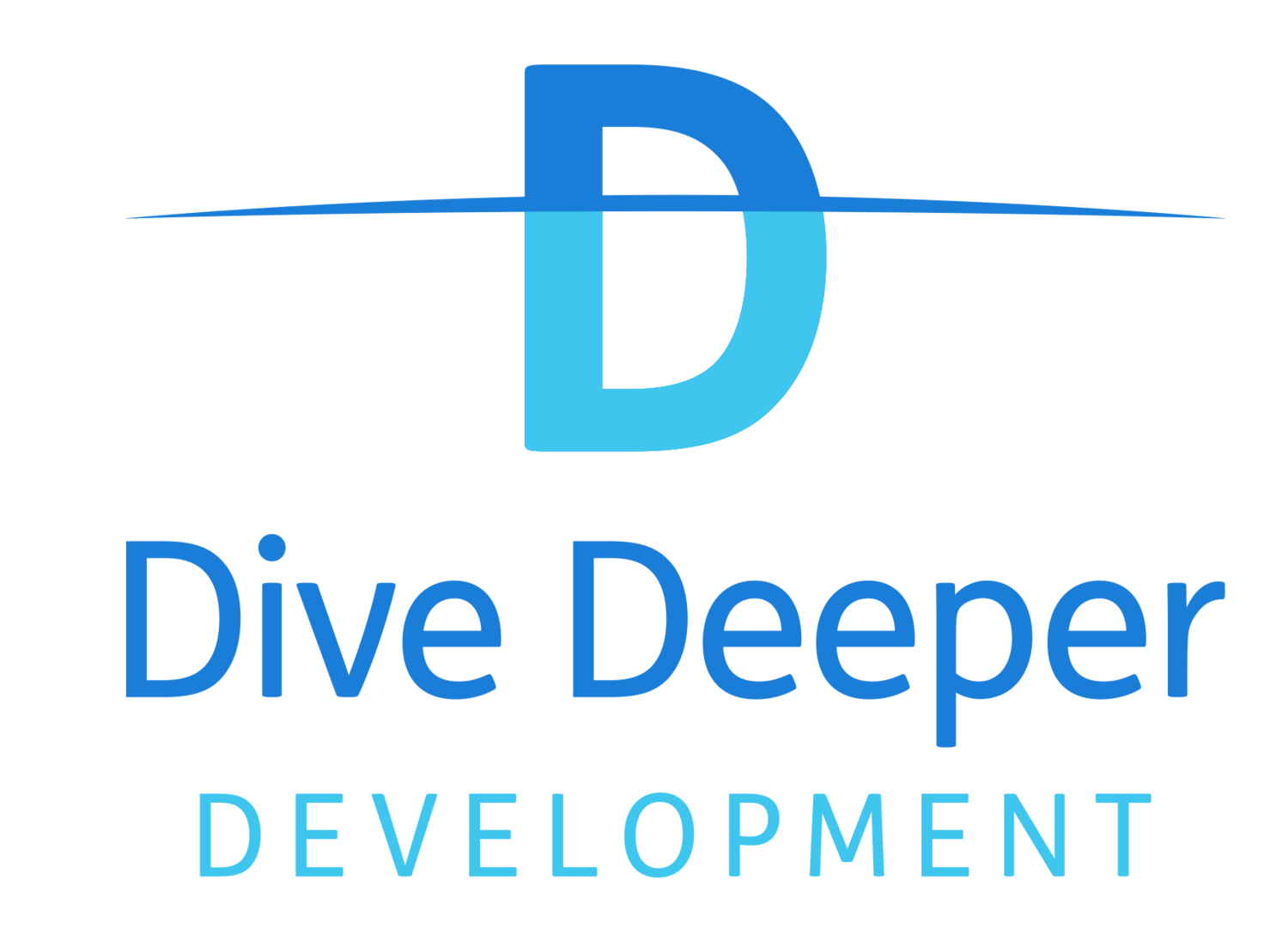Smooth the Transition from Learning to Doing
You’ve recognised the need to adapt to changes in your industry and you’ve decided to implement your own change programme in response. Like many organisations, perhaps you’ve created or bought in some training to allow you to pivot and prepare your people for your new reality. For most organisations, it is imperative to adapt quickly. But how can you be sure that training new skills will translate into new behaviours? How can you overcome the ‘rubber band effect’, or the tendency to snap back into old ways when the pressure is off? At a time when many are feeling overwhelmed with new information, here are 4 things you can do to help your people turn to learn new ideas into action.
1. A compelling reason
Before even contemplating training your people on the what and the how of your change, establish a compelling reason to learn in the first place. This is not the organisation's why’, but a deeply personal emotional connection to the need to learn for each individual. In order for people to commit their time and energy to learning, it needs to be of consequence. We need to know that it will either:
a) Solve a pressing problem we want to get away from
b) Help us seize an attractive opportunity that takes us closer to what we really want
Put simply, if undertaking learning removes a painful problem and helps us achieve our individual desires, why wouldn’t we use it?
2. Urgency
Not only do we need to appreciate why we should engage with learning, but we also need to understand why we should learn now. Even when we have a compelling reason, we need a sense of urgency or we will not act.
I know that learning some useful phrases a few weeks before going on holiday abroad will make the holiday easier. I also really enjoy learning languages. Guess when I learn them?
Yes that’s right, on the plane!!!! There’s genuine pain in not doing this and I get real joy from it too but it never becomes a priority until I am on board that flight.
3. The right amount of uncomfortable
There is a problem with educating yourself with TED talks. They create false confidence. The passive experience of watching a video lecture leaves us with the illusion that we have learnt a great deal but when we try to use our new insights, we find they haven’t stuck as we expected.
For learning to stick, it needs to have ‘desirable difficulty’. We need to be challenged enough that we have to grasp for the answers for a while. As long as we are able to come up with a solution, the discomfort of problem-solving results in more engrained, useable learning.
4. Make it real
The more you can reduce the distance between the learning environment and the performance environment, the greater the chance that learning will be turned in to behavioural change. The simplest way to achieve this is to get people to learn by doing. Take the old approach of learning a skill and applying it afterwards and then reverse it. Try your hand at the new skill then learn to improve your performance. I’ve heard of people moving to a new country having none of the language. They try speaking with people first and add in the grammar and vocabulary learning as they need it. They learn much quicker and more of the learning sticks.
What if that isn’t possible?
Of course, pilots don’t try their hand at commercial flights before passing their assessments. I wouldn’t fancy being on such a flight no matter how reasonable the fare was. However, they do learn in an environment that is as close to the performance environment as possible. There is also the example of divers who revise for exams using flashcards kept on the sea bed. Not only does this deepen the learning and increase recall of information, but it also reminds them of the compelling reason and urgency mentioned earlier.
The simulation doesn’t need to be exact, just close enough.
Smooth the transition
In order to turn training for a change initiative into action, people need to want to learn first and foremost and then they need to know how to apply that learning. Once you have ignited the motivation to learn, make applying the learning as easy and straight forward as possible. With both the desire to change behaviour and a clear idea of how to do it, the transition from learning to doing will be easier and quicker.
